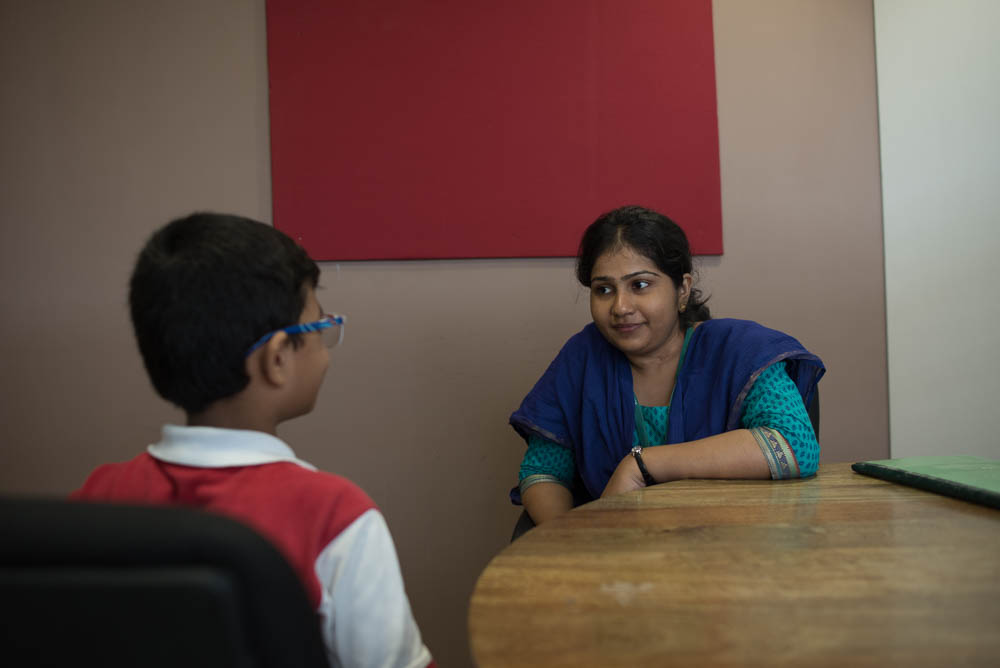In 2005 The National Curricular Framework of India (NCF) stated a clear expectation for teachers to move away from teacher-centered instructional approaches to student-centered learning that involved children in “active engagement through inquiry, exploration, questioning, debates, application and reflection, leading to theory building and the creation of new ideas”. The report also heavily focused on the importance of facilitating peer interactions to promote learning.
Unfortunately, despite this across the country teachers in schools continue to adopt traditional methods of teacher-directed instruction. Lecturing, along with the chalk and talk method, continue to be the dominant teaching strategy used and teachers spend a large amount of classroom time in rote teaching and learning methods such as copying content from textbooks onto the chalkboard and then asking students to copy the same into their notebooks. This method of instruction encourages passive individual listening, writing and response, as opposed to collaboration and discussion, asserts that much focus in Indian schools is on theory and encouraging rote learning without a basic understanding.
Here are 5 ideas to relieve students from the “tyranny of rote memorization”:
Understanding what we are preparing students for
In the early 1900s classroom design was motivated by the need to create factory workers and skilled clerks. Workers who could repetitively do a task and follow instruction perfectly. The workplace of tomorrow looks nothing like this. It is dynamic, highly collaborative and values independent thinking and ideas. Thus we must encourage children to practice these skills in our classrooms.
Raising reflective students
Students should be encouraged to think for themselves rather than blindly follow instruction. A reflective student can look at the lesson as an opportunity for more inquiry and a measure to evaluate his skills and move him towards improvement.
Developing reflective teachers
The in-service professional development of teachers must also reflect this aim and teachers should be encouraged to ask questions, explore and keep learning and improving themselves based on feedback and assessment.
Relevant curriculum and content
Schools need to ensure that the content taught in classrooms is relevant to the environment and surroundings that students will be entering so that they can apply their learning in the correct context.
Continuous improvement
Unless schools as an organization do not accept that the 21st century is a fast-paced dynamic environment they will never be able to adapt. Schools must reflect high performing organizations that will constantly evaluate improve and grow.
(This article is written by Rohan Parikh, Managing Director of The Green Acres Academy for Stoodnt.com here.)

